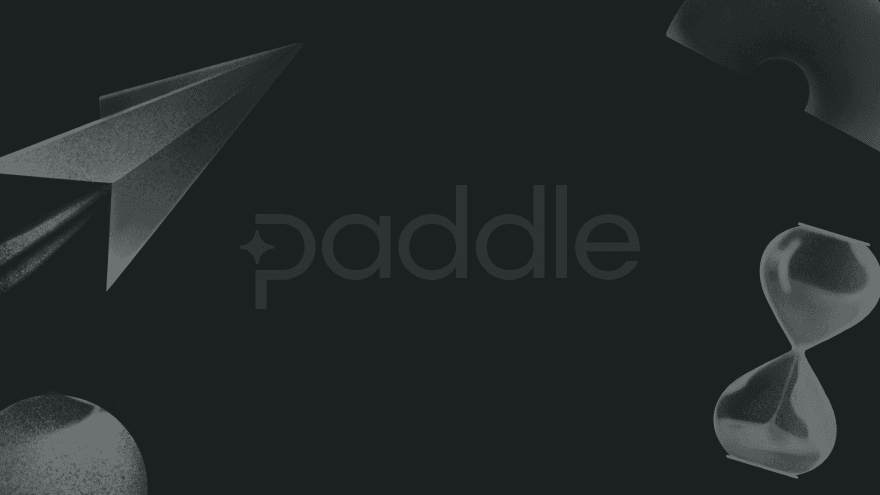A quick discussion of the pros and cons of price transparency and revealing your pricing structure for your pricing page and pricing strategy.
At Price Intelligently we field all kinds of questions, from the how to set up a value based pricing strategy all the way to ways to create a profit culture. Yet, one particular question that seems to be coming up more and more concerns the effectiveness of publishing your prices versus keeping them a secret, and behind walls of "contact us" forms. If your company is offering DIY software solutions that result in quick sales, it may seem obvious that displaying your prices is the best bet. Yet, if you're offering much more complex, enterprise products or serving a wide range of customer personas, the question becomes much more complicated.
The issue becomes even more cumbersome when looking at the ramifications of publishing versus not publishing. Sales may benefit from more engagement with customers that are forced to speak with a human being. In other cases, this approach will sink the company in high customer acquisition costs (the pesky CAC) from hidden prices. As such, let's look at why we believe the default setting should be putting your prices out there for all the world to see before discussing a few situations where you should definitely conceal them (although concealing them is definitely the exception, not the rule).
Price awareness leads to consumer confidence
We’re a company devoted to helping others optimize their prices through value based pricing, so it’s only natural we recommend being transparent and displaying them on your website. However, our enthusiasm for pricing pages isn’t solely based on intuition; there is solid reasoning behind revealing your rates and developing a great pricing page. In today’s SaaS market, showing the world your prices will help you engage with customers early on in the buying process. Depending on your product(s) and the personas of your customers, a lack of concrete pricing information can lead to lower conversion rates and missed sales.
Publishing your prices clears the way for potential customers looking to buy without contacting a sales team. These silent prospects will lose confidence if they can’t find any pricing information on your website, and quite often they will assume that what you’re selling is too expensive and look to your competitors for an alternative.
Of course, you may then feel that it’s necessary to hide your prices from your competition, but it’s likely that both the savvy consumer and your competition will uncover what you charge via your existing customer base and a little online research. Worst case scenario, you force your customer to price compare amongst your products, continuing to waste their time through more frustration.
The bottom line is that you should know what your prices should be for your target customer personas. The last thing that your buying process should be is difficult. Clear the way for your prospects to self-identify and scale.
No prices = higher costs for your business
Want to give your sales team more work to do? Just keep your prices off your page. Potential buyers who choose to engage your sales team directly because they can’t find your prices can end up wasting a lot of company time and increasing your customer acquisition costs. Direct contact between customers and sales is often essential to building customer relationships and closing deals, but if your team spends most of their time responding to unimportant price inquiries, then you’re losing money. Be confident in your prices and show them on your site so employees can spend more time responding to qualified leads who won’t hang up when they find out what you charge.
One of the worst things you can do is waste your time with a prospect trying to buy a $50 product when your lowest offering is $50,000. Sure, your visit to lead ratio is great, but businesses implode under the weight of not being able to truly fill the pipeline with qualified opportunities.
There are some exceptions...
Depending on your business, there are cases where publishing your prices doesn’t make sense. As we mentioned, some products or services are too complex for simple pricing tiers, or require a longer sales cycle. The prices of highly customized SaaS products with high integration costs (time and money) should remain undefined because further analysis and customer engagement is required to determine the price and the ideal package. Of course, you should still be able to qualify the prospect quickly and get them a quote as soon as possible.
Additionally, your sales team will need more flexibility if you’re offering consulting services so that they can negotiate based on the needs of the client and close more effectively. A good trick here is to make sure you're clear on the type of consulting packages you offer, and the costs of any add-ons or deviations from those packages. You'll then be able to possibly show ranges of your offerings on your site ("starts at $10,000"), which helps with the problems posed above.
Another exception (sort of) concerns allowing for a premium version of your core product to remain hidden (read more about this in the Multi Price Mindset). Customers who wish to buy the basic version can skip a step in the sales cycle and purchase immediately, but others who need a high volume version of your product or want your best offering with all the bells and whistles will have to contact your team and request a quote. We call this the "Enterprise" or "Contact Us" plan that makes sure you're cranking on the core of your product with the mid-market or long tail customers, but you're capturing the cash on the table from bigger folks that roll through the door. You do not want to charge the local startup the same price you charge Amazon.com.
Finally, if most of your sales are to existing customers or you're an OEM, being transparent about your prices may be unnecessary, because your price lists are huge or you've probably already shared your prices with your existing client directly. Seems obvious, but we wanted to make sure we covered as many bases as possible.
As always, it's important to test (but default to transparency)
Debating whether to publish your prices can be as agonizing as deciding what to charge, but the best solutions will emerge from trying out your ideas and continually analyzing the results. After all, pricing is a process. If you have several versions of a core product or your company offers software as well as consultation services, you may need to try different combinations of price transparency and sales flexibility.
Remember though, not knowing what your customer is willing to pay isn't an excuse for not publishing your prices. That work is on you, and with proper data you'll then know your price points and be able to test the best mix of being transparent versus keeping things a secret.
To learn more about pricing, check out our Pricing Strategy ebook, or reach out and request a free pricing audit.

